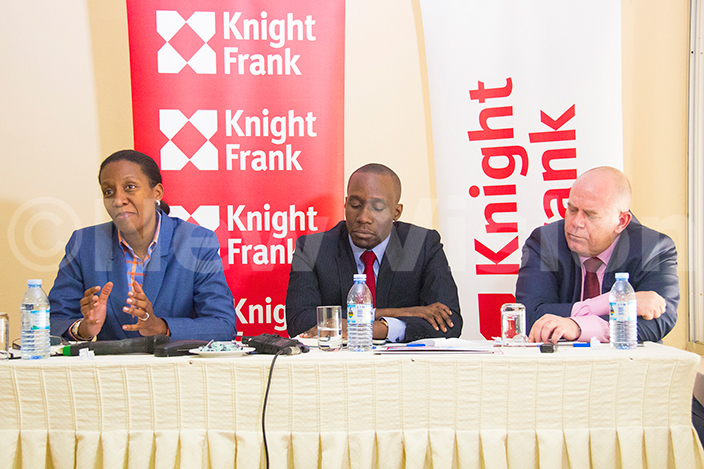Kampala property market shows signs of recovery
Jul 28, 2016
The report which was released in Kampala recently, underlined an increasing demand for middle income housing in Kampala’s metropolitan areas, as demand for prime residential accommodation reduced significantly.

A recent report released by property managers, Knight Frank, shows that Uganda's property market presented signs of recovery in the first half of 2016, with a steady increase in demand for mid income residential accommodation.
The report which was released in Kampala recently, underlined an increasing demand for middle income housing in Kampala's metropolitan areas, as demand for prime residential accommodation reduced significantly.
"We have recognized an increase in the number of properties for sale in the metropolitan areas of Kira, Naalya and Najjera, which are becoming increasingly popular for middle income home owners, as demand for prime apartments and town houses reduces significantly due to the exit of expatriate staff from the Oil and gas sectors from Uganda," it reads in part.
According to the report, the demand in metropolitan suburbs is largely driven by the private Mailo land tenure system, which is considered to be risk free by many home buyers, in relation to lease hold titles.

"Inquiries for these properties from both the local and expatriate community has increased over the last six months, which is a sign of recovering investor confidence in the post 2016 general elections," said Judy Rugasira, the Knight Frank managing director during the launch.
The report also highlights a slump in demand for the office sector over the past 24 months, with prime rents falling to as low as $12.00 (sh40, 500) per square meter in some properties.
According to the report, the Kampala outer Central Business District locations of Kololo and Nakasero, and other prime suburban office locations of Naguru, Bugolobi, Nakawa and Bukoto have been the focal points of office development over the past two years.
"We foresee this trend continuing as the key demand drivers of commercial office space continue to look for office space out of the congested central business district", said Rugasira
She said during the first half of 2016, yields for office space remained stable ranging between 9% to 10 % for prime offices (grade A) and 8% for grade B Offices.
